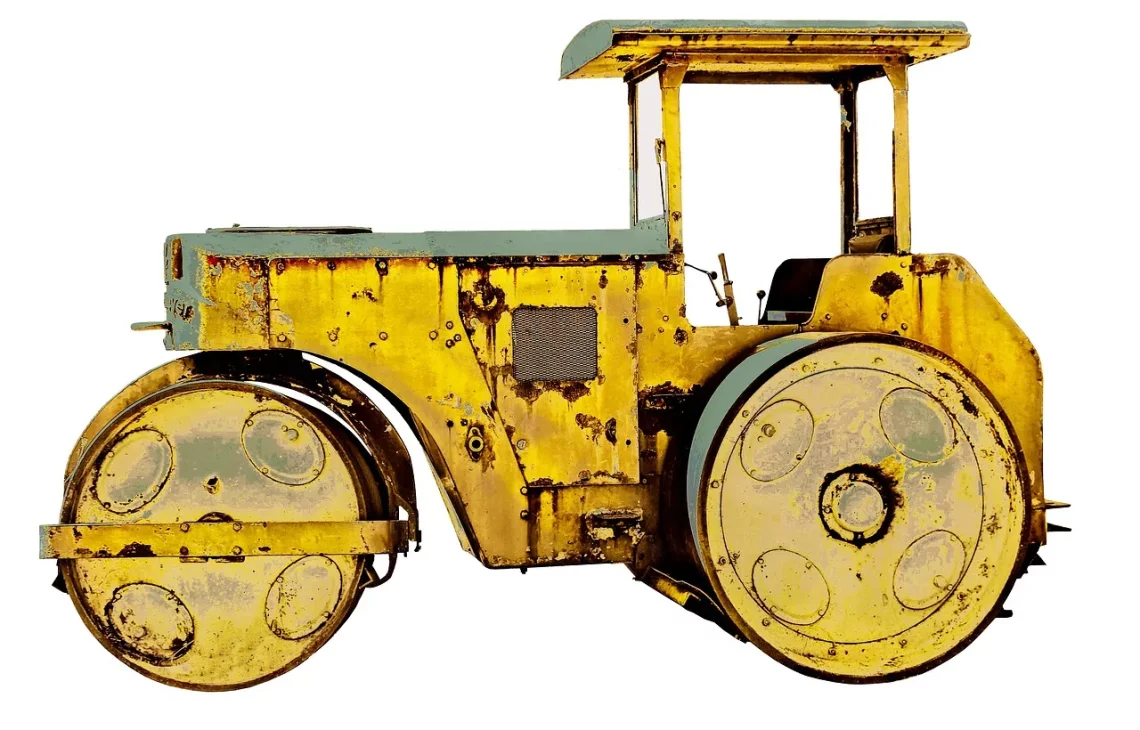
Do Compression Socks Help Relieve Shin Splints Effectively?
Compression socks have gained immense popularity in recent years, especially among athletes and fitness enthusiasts. These specialized garments are designed to apply gentle pressure to the lower legs, promoting better blood circulation and providing support to the muscles. As more individuals engage in rigorous physical activities, the occurrence of shin splints—a common injury characterized by pain along the shin bone—has also increased. The discomfort associated with shin splints can be debilitating, often hindering performance and overall enjoyment of sports and exercise.
As awareness grows about the benefits of compression wear, many people are turning to compression socks as a potential remedy for shin splints. The idea is that by supporting the muscles and improving circulation, these socks might reduce the pain and prevent further injury. This concept raises questions about the effectiveness of compression socks in managing shin splints and whether they can truly provide the relief athletes and active individuals seek. With a blend of anecdotal evidence and scientific research, the discussion around compression socks and shin splints continues to evolve.
Understanding Shin Splints: Causes and Symptoms
Shin splints, or medial tibial stress syndrome, often arise as a result of repetitive stress on the shinbone and surrounding tissues. They are particularly common among runners, dancers, and military recruits, who subject their legs to high-impact activities. The pain typically manifests along the inner edge of the shinbone, making it uncomfortable to walk or engage in physical activities.
Several factors contribute to the onset of shin splints. Overtraining is one of the most significant causes; pushing oneself too hard without adequate rest can lead to inflammation of the muscles, tendons, and bone tissue. Additionally, improper footwear, such as shoes that lack proper support or cushioning, can exacerbate the condition. Flat feet or high arches can also play a role, as these structural issues can lead to uneven distribution of stress on the legs during physical activity.
Symptoms of shin splints can vary in intensity. Individuals may experience a dull ache along the shinbone, which can develop into sharp, localized pain during exercise. In some cases, the pain may persist even at rest, signaling a more severe condition. Swelling and tenderness along the affected area are also common, often making it difficult to perform daily activities.
Recognizing the symptoms early and understanding the underlying causes can significantly aid in effective management. While rest and ice therapy are primary treatments, many individuals seek additional support through various means, including compression socks.
The Mechanism of Compression Socks
Compression socks are specifically designed to exert graduated pressure on the legs, with the highest pressure near the ankle and gradually decreasing as the sock moves up the leg. This design helps facilitate better blood flow, reducing the risk of swelling and promoting faster recovery from muscle fatigue.
The pressure provided by compression socks helps to stabilize the muscles and can prevent excessive vibration during physical activity. This stabilization can be particularly beneficial for athletes who frequently engage in high-impact sports, which can lead to muscle strain, fatigue, and injury. By applying consistent pressure, these socks can also aid in reducing the buildup of lactic acid, which contributes to muscle soreness.
In the context of shin splints, wearing compression socks may help alleviate pain by enhancing circulation to the affected area. Improved blood flow can lead to more efficient delivery of oxygen and nutrients, which are essential for muscle recovery and repair. As a result, athletes may find that wearing compression socks during and after exercise can help mitigate some of the discomfort associated with shin splints.
Moreover, the psychological effects of wearing compression gear should not be overlooked. Many athletes report feeling more supported and secure while wearing compression socks, which can boost confidence during performance. This mental aspect can be just as important as the physical benefits, as it may encourage individuals to engage in their activities without the fear of exacerbating their condition.
Evidence and Research on Compression Socks and Shin Splints
The effectiveness of compression socks in relieving shin splints has been the subject of various studies and anecdotal evidence within the athletic community. While many individuals report positive outcomes, scientific consensus is still developing regarding the extent of their benefits.
Some research suggests that compression garments can significantly improve recovery times and decrease the perception of muscle soreness. In a study focusing on athletes who wear compression socks during training, results indicated reduced muscle fatigue and faster recovery after intense exercise sessions. However, when it comes to shin splints specifically, the results are less definitive.
While certain studies indicate that compression socks can provide relief for shin splints, others highlight the importance of a comprehensive approach to treatment. This approach may include rest, proper footwear, strength training, and flexibility exercises alongside the use of compression garments.
It’s essential for individuals dealing with shin splints to approach their recovery holistically. Relying solely on compression socks may not address the root causes of the pain. Engaging in proper rehabilitation exercises, ensuring adequate warm-up and cool-down routines, and listening to one’s body are all vital components in managing shin splints effectively.
In conclusion, while compression socks may offer benefits for some individuals experiencing shin splints, they should be viewed as one element within a broader recovery strategy rather than a standalone solution.
How to Choose the Right Compression Socks
Selecting the right compression socks is crucial for maximizing their potential benefits. Not all compression socks are created equal, and understanding the different types, sizes, and levels of compression can make a significant difference in effectiveness and comfort.
First, consider the level of compression needed. Compression socks are typically categorized by their millimeter of mercury (mmHg) rating. For athletic purposes, a rating of 15-20 mmHg is commonly recommended, as it provides enough pressure to boost circulation without being overly restrictive. Higher compression levels may be necessary for medical conditions but could be uncomfortable for everyday wear.
Next, pay attention to the fit. Compression socks should fit snugly without causing discomfort. It’s essential to measure the circumference of your calves and ankles to choose the correct size. Many brands offer sizing charts that can help you find the perfect fit.
Material is another factor to consider. Look for socks made from moisture-wicking fabrics that will keep your feet dry and comfortable during physical activities. Breathability is also important, especially for those who may be prone to overheating during exercise.
Finally, consider the length of the socks. Compression socks come in various lengths, including knee-high and thigh-high options. For shin splints, knee-high compression socks are often sufficient, as they provide support where it’s most needed while allowing for comfort during movement.
In summary, choosing the right compression socks involves considering compression levels, fit, material, and length. By making informed decisions, individuals can enhance their performance and potentially alleviate some discomfort associated with shin splints.
**Disclaimer:** This article is not intended as medical advice. If you have health concerns or conditions, please consult a healthcare professional for personalized guidance.



